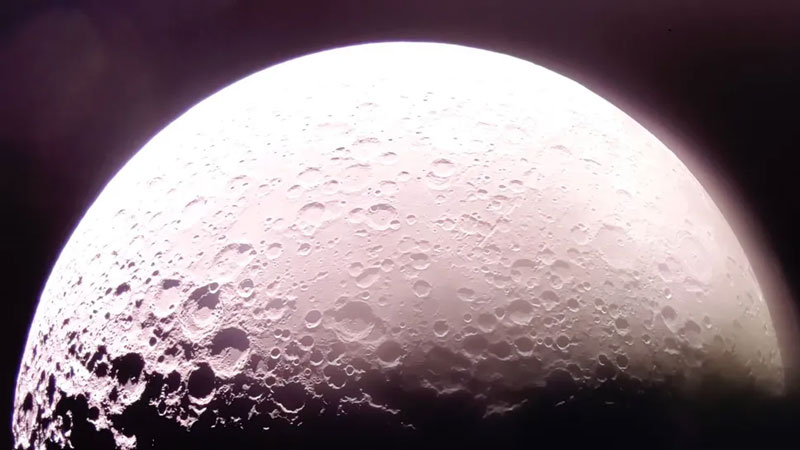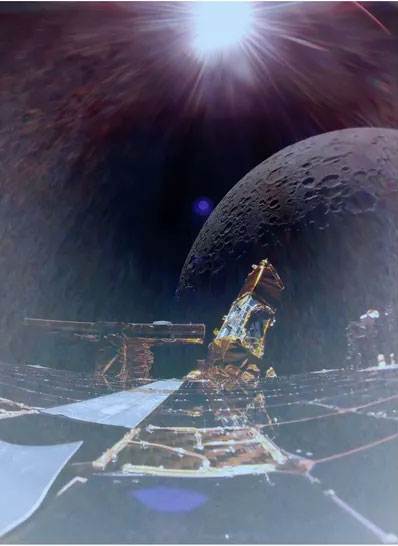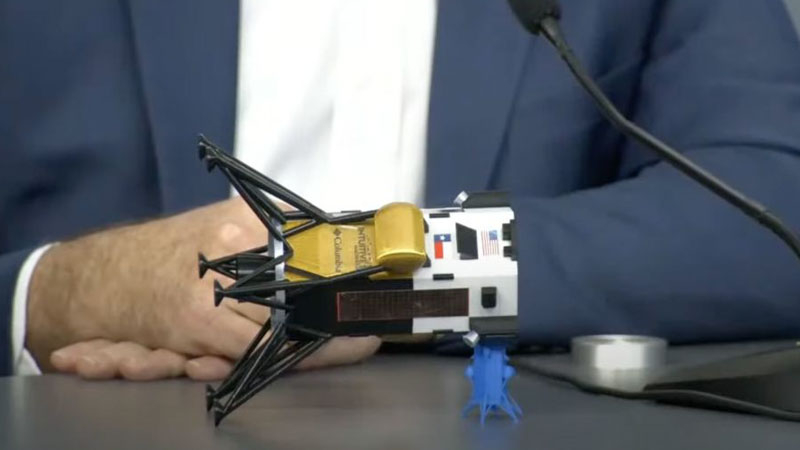Texas startup Firefly Aerospace, in the formation and development of which Ukrainian entrepreneur Maxim Polyakov took an active part, announced the entry of the Blue Ghost landing module into the orbit of the Moon. To do this, braking was performed, which required starting the engines for four minutes. The descent to the surface is planned for March 2. For the United States, whose modules have not landed on the Moon for more than 50 years (not counting last year’s misadventures of Intuitive Machines), this will be a milestone.

Image source: Firefly Aerospace
Firefly signed a contract to develop a lunar lander with NASA in 2021 as part of the commercialization of services for delivering payloads to the satellite. The agreed amount was $93.3 million for delivering 94 kg of payload to the surface. The mission was supposed to launch in 2023, but in fact, the module was launched into space on January 15, 2025. Taking into account the floating amounts of NASA contracts, it probably became more expensive.

Moon on course
The Odysseus module from Intuitive Machines made a conditionally successful landing on the Moon. This happened in February 2024. The module was dragged before touchdown and tipped over on its side, which deprived it of the ability to fully charge its batteries. Nevertheless, this was the first soft landing on the Moon by a US-built spacecraft in more than 50 years. If Firefly’s Blue Ghost module can do it better and more technically, it will go down in US space history.

An illustration of the failed landing of Intuitive Machines’ Odysseus module. Image credit: Intuitive Machines
It should be noted that, together with the American Blue Ghost module, another landing module, Resilience, created by the Japanese company ispace, was sent to the Moon on the SpaceX Falcon 9 rocket. It has a different trajectory for approaching the Moon, which will bring it to the satellite’s orbit in about 3.5 months.
Finally, on February 26, another device will be launched to storm the Moon – Athena from Intuitive Machines. This will be its second lunar module, and one can hope that the company has taken into account the previous partially negative experience.